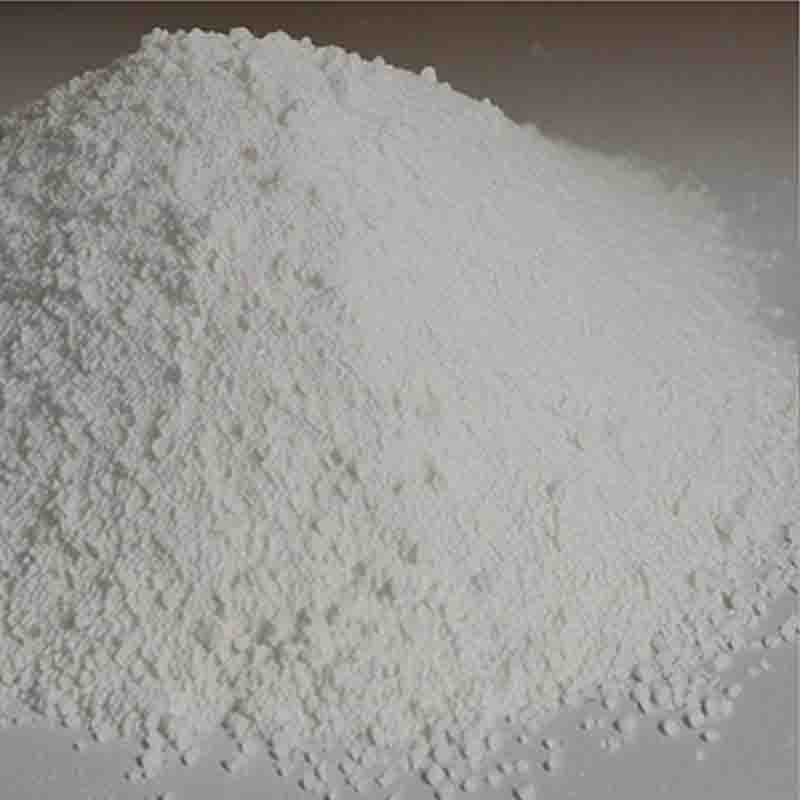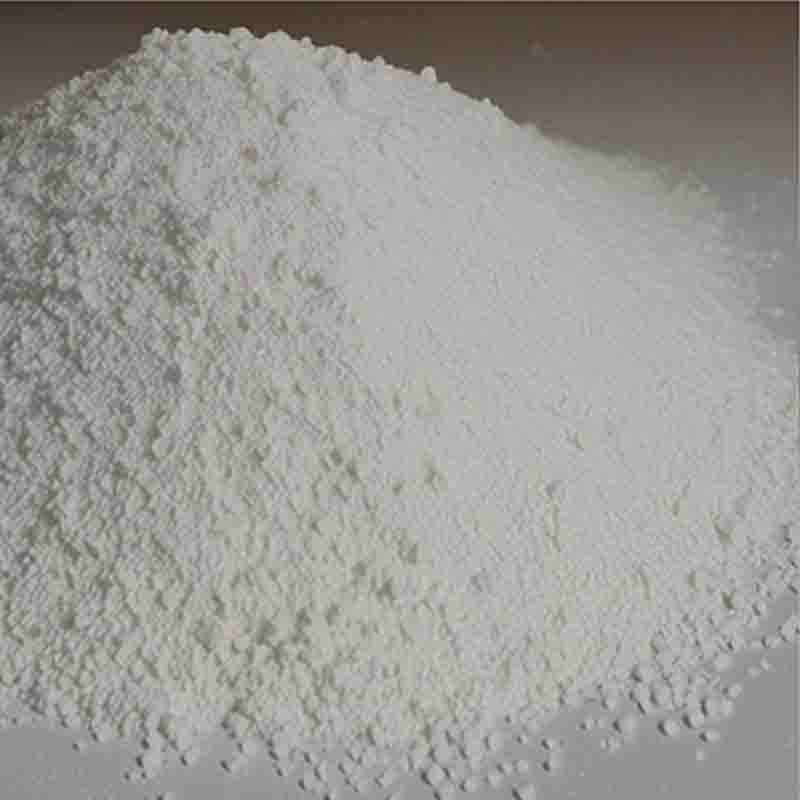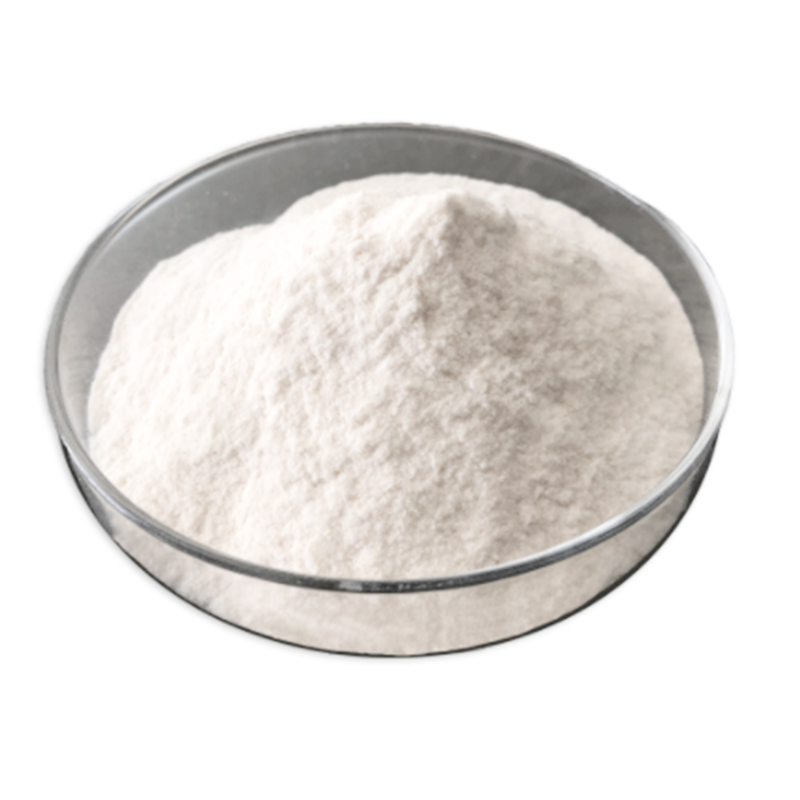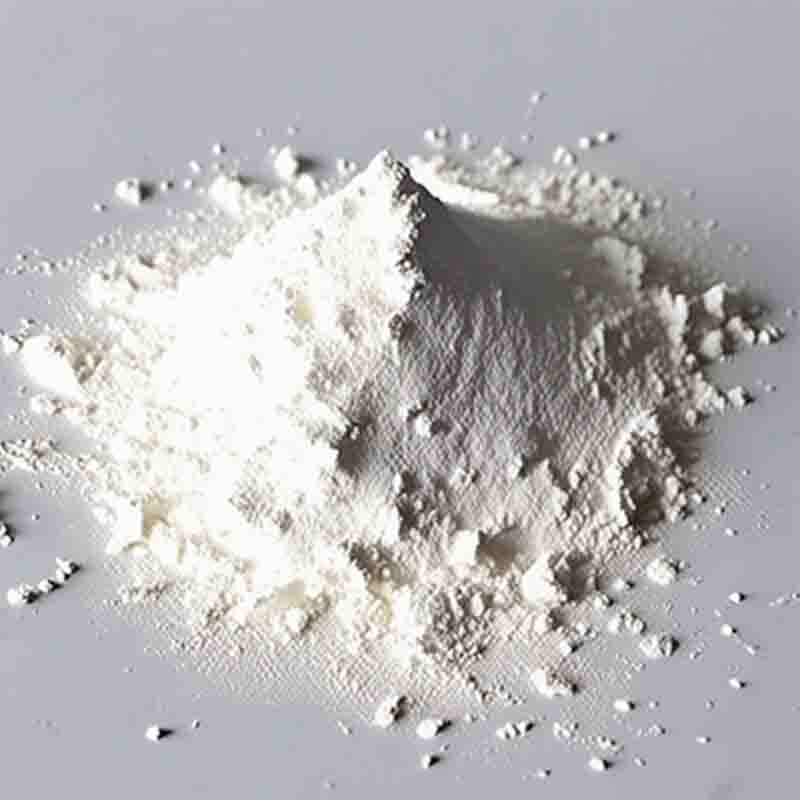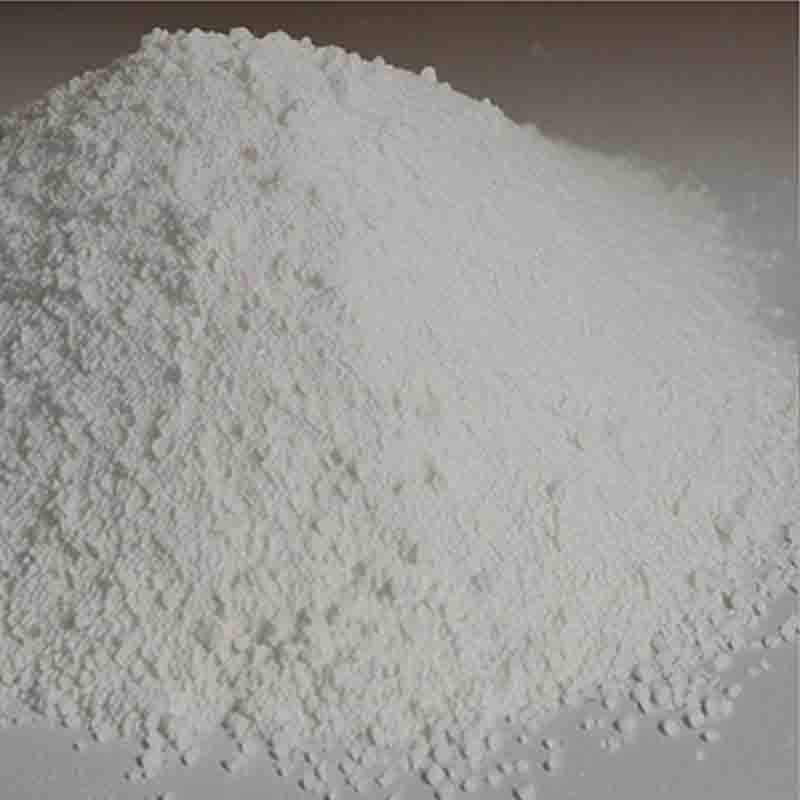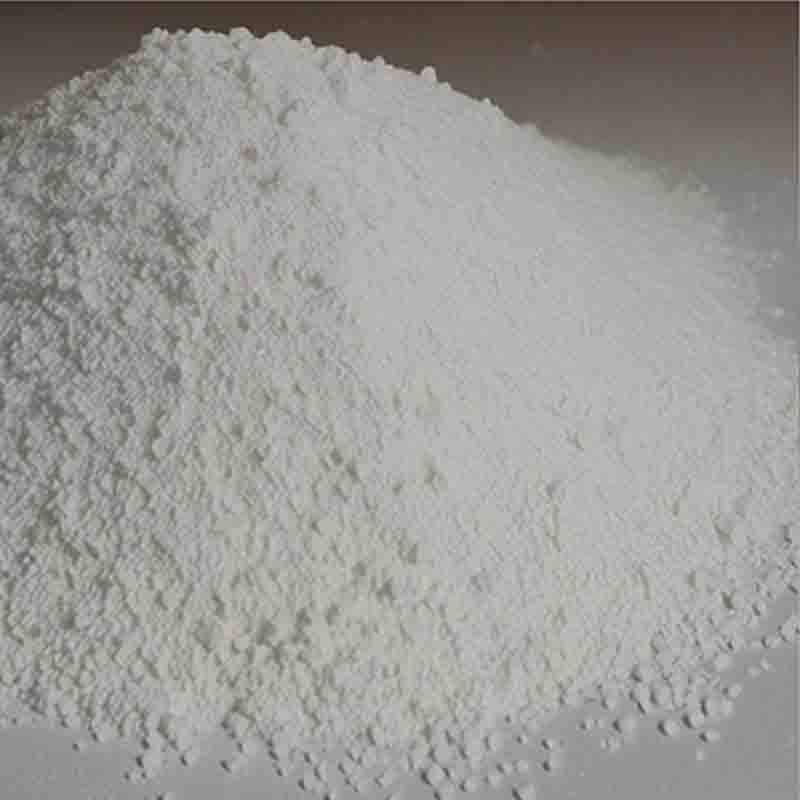N-Boc-GlycineEthylEster CAS:14719-37-0
| Catalog Number | XD96017 |
| Product Name | N-Boc-GlycineEthylEster |
| CAS | 14719-37-0 |
| Molecular Formula | C9H17NO4 |
| Molecular Weight | 203.24 |
| Storage Details | Ambient |
Product Specification
| Appearance | White powder |
| Assay | 99% min |
N-Boc-Glycine Ethyl Ester, also known as ethyl 2-(tert-butoxycarbonylamino)acetate, is an organic compound with the chemical formula C9H17NO4. It is a derivative of glycine, an essential amino acid, in which the amino group is protected by a tert-butoxycarbonyl (Boc) group and the carboxylic acid group is esterified with an ethyl group. N-Boc-Glycine Ethyl Ester has various effects and applications, including its use as a building block in organic synthesis, its role in peptide chemistry, and its potential in drug discovery and development.One significant application of N-Boc-Glycine Ethyl Ester is its use as a building block in organic synthesis. It can be used to introduce the glycine moiety into molecules during chemical reactions. The Boc protecting group on the amino group can be easily removed under mild conditions, allowing further manipulation of the molecule to create a variety of compounds. This versatility makes N-Boc-Glycine Ethyl Ester a valuable tool for the synthesis of complex organic molecules in medicinal chemistry, agrochemical synthesis, and materials science.In peptide chemistry, N-Boc-Glycine Ethyl Ester serves as an important starting material for the synthesis of peptides and peptidomimetics. Peptides are short chains of amino acids that play crucial biological roles and have various therapeutic applications. By employing N-Boc-Glycine Ethyl Ester, chemists can introduce glycine residues into the peptide sequence, facilitating the assembly and modification of peptides with desired properties. The Boc protecting group can be selectively removed during peptide synthesis, allowing the connection of the glycine residue with other amino acids.Furthermore, N-Boc-Glycine Ethyl Ester has potential in drug discovery and development. It can be used to design and synthesize small molecules that target specific biological pathways or enzymes. By utilizing N-Boc-Glycine Ethyl Ester as a building block, researchers can create analogs and derivatives with improved potency, selectivity, and pharmacokinetic properties. These molecules can then be evaluated for their biological activity and potential therapeutic effects. N-Boc-Glycine Ethyl Ester-based compounds may have applications across various therapeutic areas, including cancer, inflammation, and neurodegenerative diseases.It is important to note that N-Boc-Glycine Ethyl Ester should be handled and used with caution, following proper safety procedures. As with any chemical compound, it is essential to consider its potential toxicity, flammability, and environmental impact. Proper storage, handling, and disposal should be followed to minimize risks and ensure safety.In conclusion, N-Boc-Glycine Ethyl Ester is a versatile compound with various effects and applications in organic synthesis, peptide chemistry, and drug discovery. Its use as a building block allows for the creation of complex molecules, its role in peptide synthesis facilitates the assembly of peptides, and its potential in drug development enables the design of novel therapeutic compounds. However, careful handling and responsible usage are essential to ensure safety and minimize associated risks.


